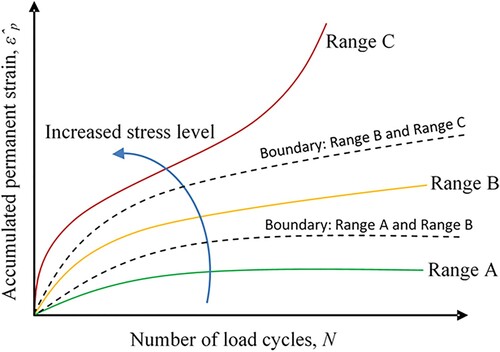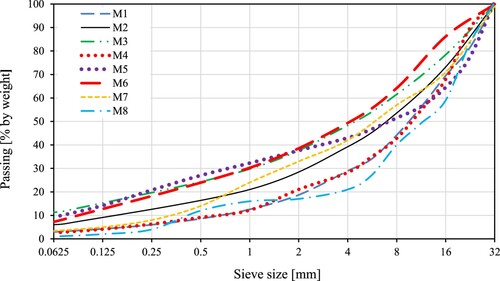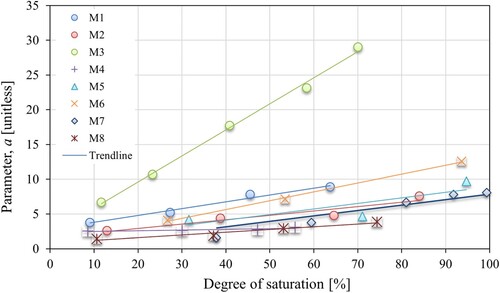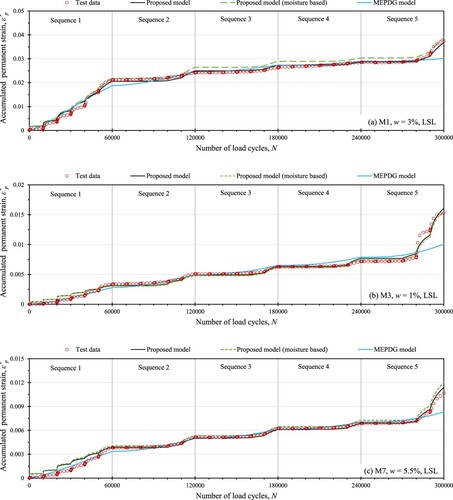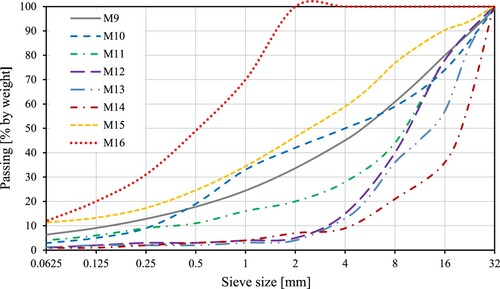Figures & data
Table 1. Stress levels for MS RLT tests, prescribed by the European Standard (HSL).
Table 2. Stress levels for MS RLT tests, prescribed by the European Standard (LSL).
Table 3. Material properties.
Table 4. Test conditions.
Figure 3. Accumulation of permanent strain with the number of load cycles for M7 with w = 5.5% during MS RLT test with LSL.
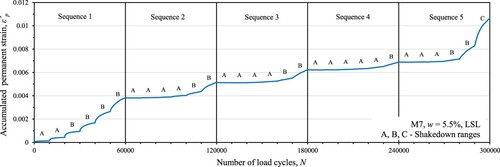
Table 5. Calibrated material parameters of the model.
Table 6. Parameters of Equation (Equation9(9)
(9) ).
Table 7. Statistical evaluation of the quality of prediction by the models.
Figure 8. (a) Schematic of the test structure (Saevarsdottir & Erlingsson, Citation2014). (b) Measured vs. modelled PD in different layers.
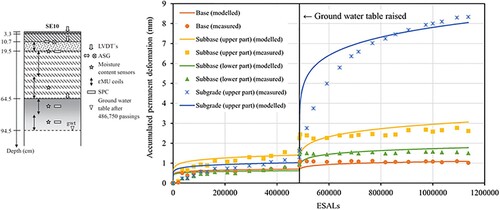
Table 8. Model parameters for the different layers of the pavement section.
Table 9. Properties of the test structures.
Table 10. Properties and test conditions of the additional materials.
Table 11. Model parameters determined for some additional materials.
Table 12. Suggested range of model parameters for UGMs with dmax = 31.5 mm, DOC: 95–97% (modified Proctor method).

